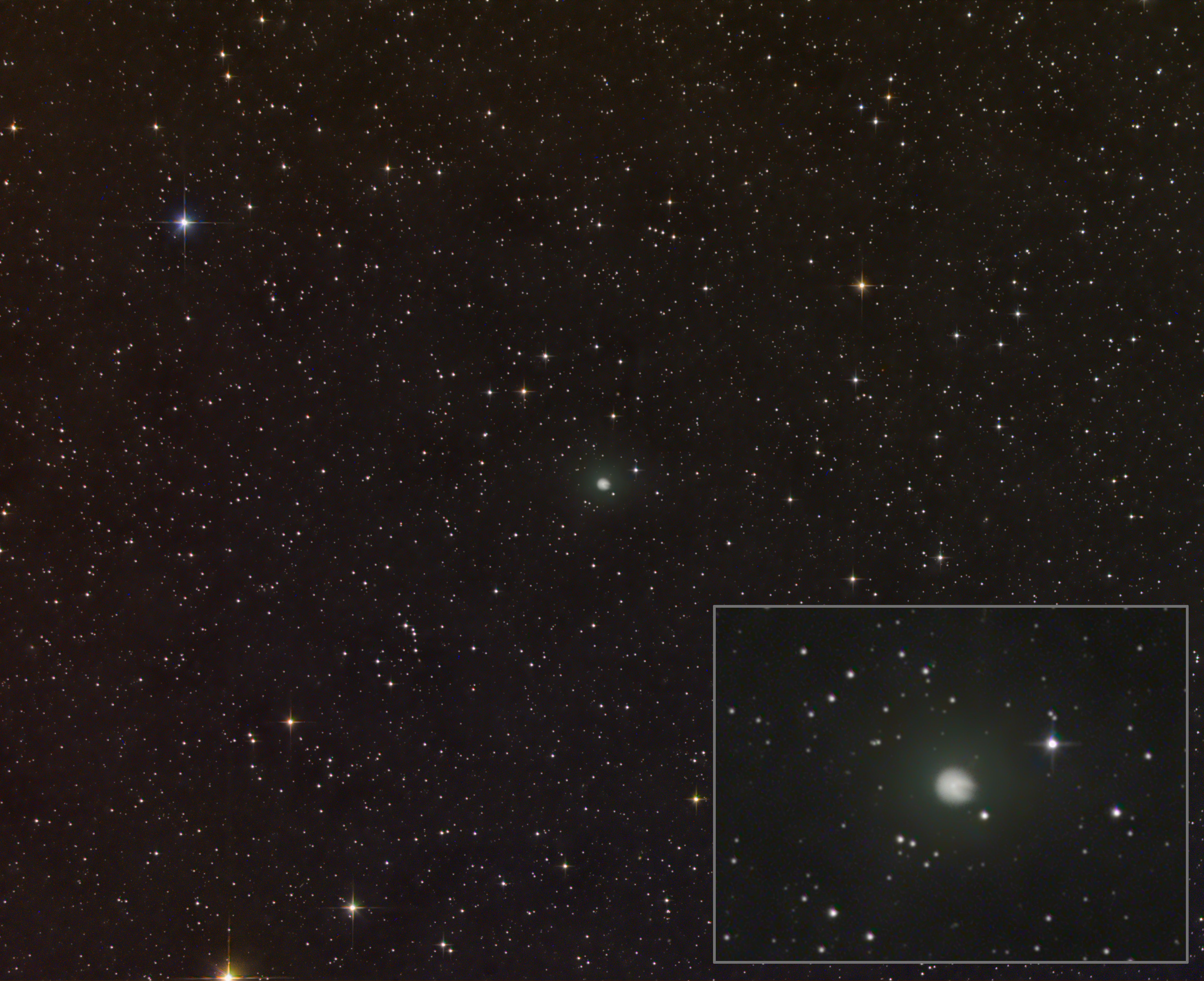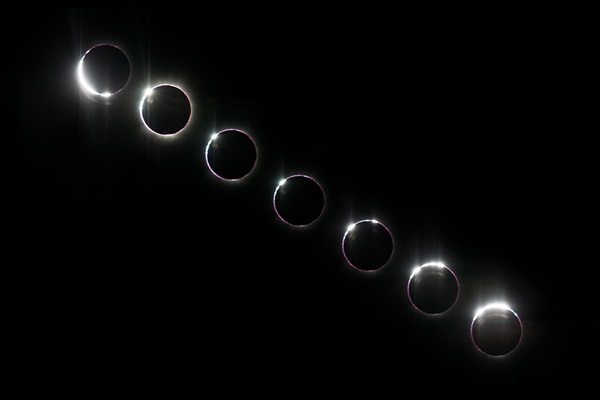You’d think speedy Mercury, whipped so frantically around the Sun that it epitomized swiftness in mythology, would equal if not top the Perseids. It’s not even close. But we as observers don’t care too much about textbook speed. For maximum dramatic effect, we want things to look fast.
The two are not the same. An object’s perceived speed depends on how many of its own widths it displaces per second. A mouse can scamper about 9 mph (14 km/h), which matches a horse’s fast walk. But at that gait, the horse doesn’t even traverse his own body length in a second, while the adorable rodent (I love mice) displaces 24 mouse-lengths. Result: The horse doesn’t seem fast, while the mouse appears supersonic.
The ocean’s fastest creature is the sailfish, which at 70 mph (113 km/h) moves five body lengths per second and thus seems unbelievably speedy. Yet a 747 on final approach, going twice as fast as the fish, seems lethargic because it requires two seconds to travel its own length.
Of course, distance affects perceived speed, too. This month’s meteors, each roughly 80 miles (130 km) from your eyes, are the closest celestial objects. Being so near and merely the size of a raisin, they look blisteringly fast. Although, what you really see is the foot-wide bubble of ionized incandescent air surrounding the zooming raisin. Still, that dazzling gas ball moves 200,000 of its own lengths per second. That’s 20 times faster than a rifle bullet. Truly the fastest things we ever see.
Of the astronomical objects that appear to move, that is. Swifter motion is out there, but too far away to visibly shift position. For true gossip-worthy motion, we’d like to see objects approaching light-speed. But photons are invisible when they’re traveling, so no help there. However, some forms of electricity are discernible, and doesn’t that move at light-speed? Your house current indeed goes 96 percent of light-speed. But a bolt of lightning, that common metaphor for swiftness, “only” travels 2 percent of light-speed.
What about the electricity operating your brain? Do your thoughts about the Perseids propagate at the speed of light?
Turns out, your body’s electrical system operates at very different speeds depending on the task at hand. The fastest are reserved for reflex actions and vital information. Like, you’re on a camping trip, step out of the tent to look at meteors in the middle of the night, and your bare foot steps on something slimy. A snake? When you yank your foot upward, this action happens at the very fastest the body can muster — 250 mph (400 km/h).
That’s still quite fast. You can prove it right now if you perform a very cool demo. Rapidly flail your arms all around your body, and you’ll know exactly where your hands are located at every instant. This proves that the positional signals to your brain must be extremely swift.
What about thinking? Sorry, but that happens only at 70 mph (113 km/h). Obviously, brain architecture assumed it’s just not that urgent to decide if you want your English muffin toasted. Such stuff can wait.
But the very slowest electrical signals — a remarkably sluggish 2 feet per second (less than a meter per second) — are for pain signals. Want proof? Well, remember when you slammed your toe against a chair? Remember how you didn’t feel anything at first? How there was a short sadistic pause before your big toe felt the agonized stab? That delay proves pain signals require two to three seconds to travel from toe to brain in a 6-foot man. (That’s why the kids scream faster.)
And thus we’ve completed our metaphysical journey from the fastest things we ever see to the slow onset of our nocturnal screams. Further proof it’s a strange universe.










